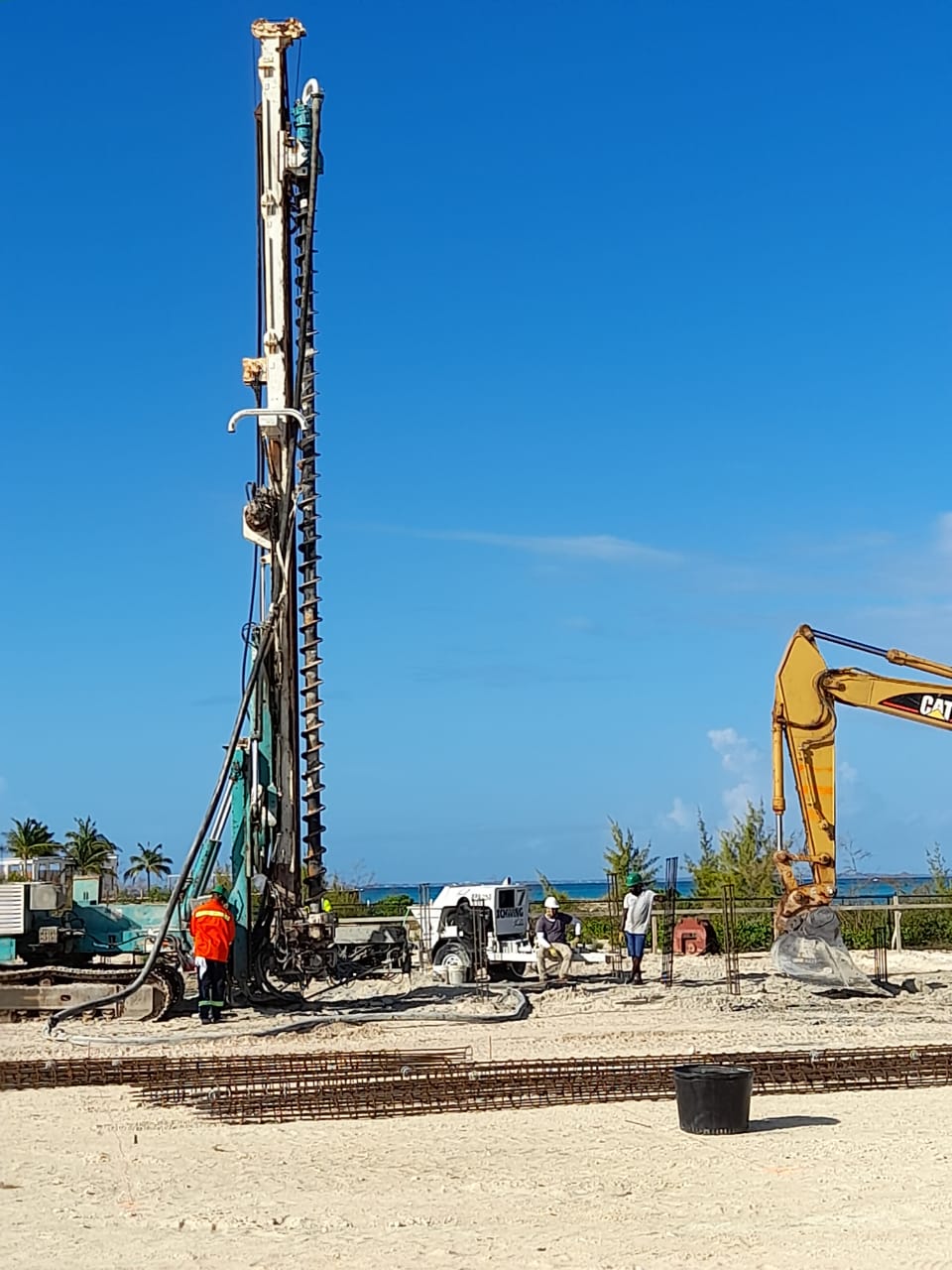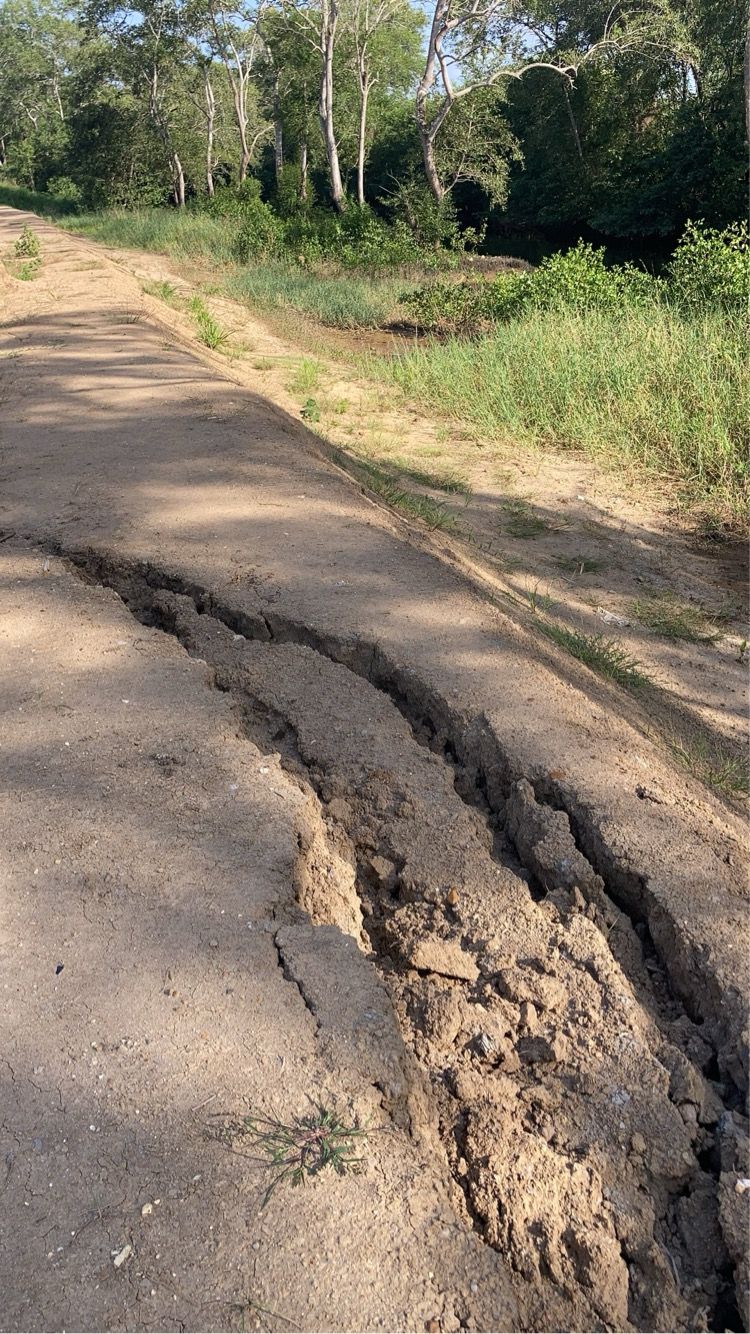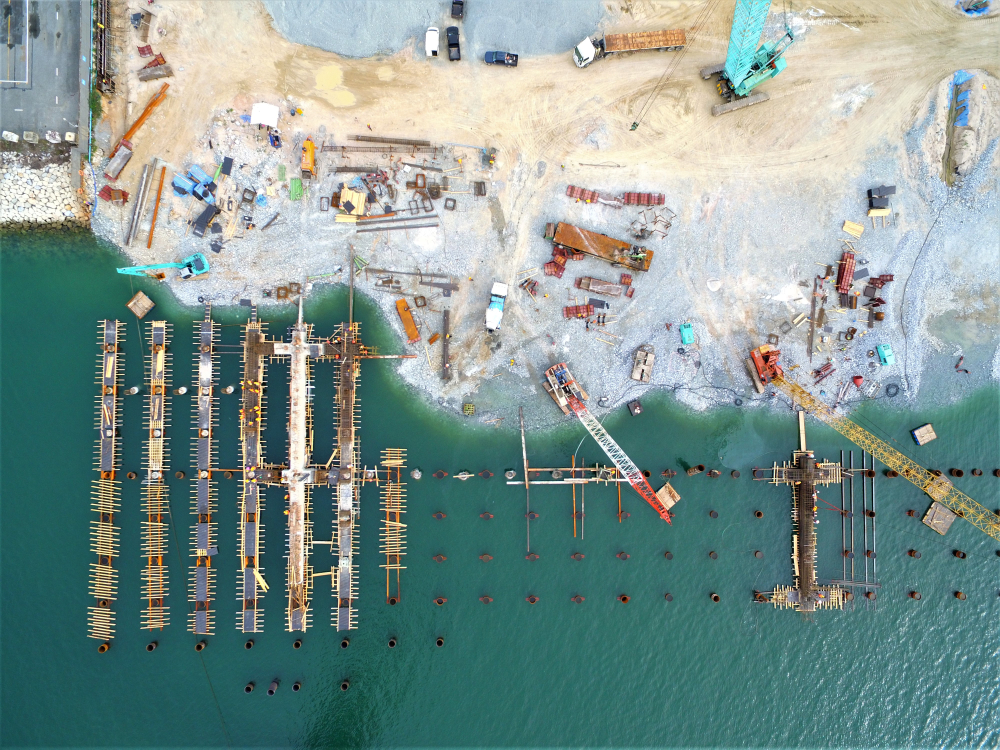Building Resilient Infrastructure from the Ground Up
Across the Caribbean, our skylines are rising, roads are expanding, and new resorts are transforming our coastlines. But as governments plan and invest in this growth, there’s a critical question to keep front of mind: Are we paying enough attention to what lies beneath our projects?
Hurricanes often dominate risk discussions at this time of year, but earthquakes, landslides, and soil instability can strike without warning, in any season. Whether it’s a hillside community, a high-rise, a new bridge, or a highway, the strength and durability of every investment depends on the ground it rests on. Foundation engineering is often overlooked until problems emerge, but by then the solutions are more costly and disruptive.

This was the central message of the Foundation Engineering Breakfast Seminar in June, hosted by Geolabs, a subsidiary of Smith Warner International Ltd.
The event brought together engineers, contractors, and public officials to explore how better understanding and planning for geotechnical conditions can safeguard infrastructure and budgets.
Development Pressures on Complex Terrain
Caribbean governments face a familiar challenge, with development pushing into increasingly difficult locations:
- Coastal zones for tourism often sit on soft sandy soils, expansive clays, or have high groundwater levels; these are conditions that require careful foundation planning, especially as taller resort buildings are proposed.
- Urban areas are seeing more high-rises with underground parking, demanding deeper, more resilient foundations.
- Hillside developments in areas with unstable soils carry risks of erosion and slope failure.
- Road and highway projects, such as Jamaica’s new St. Thomas highway, can experience failures where soft soils weren’t fully addressed in the design phase.
Every one of these situations highlights the same point: without proper geotechnical assessment and foundation design, governments risk higher maintenance costs, service disruptions, and public safety concerns.
Foundations: A Hidden Risk with Public Consequences
Case studies shared at the seminar illustrated how insufficient site investigation leads to costly delays, structural failures, and even the need for rebuilding.
For example, Jamaican geotechnical engineer Charles Allen—now based in Trinidad—cited real projects affected by poor soil assessments, from uneven building settlement to slope collapses that could have been avoided with early intervention.
The Caribbean’s vulnerability is not theoretical. Historical events, from Port Royal’s 1692 earthquake to Kingston’s quake in 1907, show the destructive potential of seismic activity. More recent slope failures, like those on the Papine–Gordon Town road, underscore how rainfall, soil type, and terrain combine to threaten infrastructure. Climate change intensifies these hazards by producing longer dry spells (weakening root systems) followed by heavy rains that trigger landslides.
Tools and Innovations for Resilient Projects
The good news is that effective, locally relevant engineering solutions are increasingly available.
- Geogrid and geotextile systems can strengthen roads, support slopes, and extend infrastructure lifespan—timely as many countries roll out ambitious road programs.
- Alternative deep foundation systems such as Continuous Flight Auger (CFA) piles, Fibreglass Reinforced Piles (FRP), and Ductile Iron Piles (DIP) offer faster installation, suitability for poor soils, and lower total costs. FRP piles have already been used successfully in Caribbean overwater villa construction, while CFA and DIP are strong candidates for bridge replacement and high-rise projects.
Adopting these innovations at the planning stage can reduce life-cycle costs, improve resilience, and support sustainable development goals.
Regional Collaboration Strengthens Capacity
Though we have long been known for coastal engineering, Smith Warner has recently expanded into foundation engineering. Through partnerships with firms like Consulting Geotechnical Engineers Ltd. in Trinidad, we are able to share lessons learned and technical expertise across borders, and the region can improve its collective capacity to design, assess, and maintain infrastructure on challenging terrain.

For government agencies, these networks provide access to specialized skills that may not exist in-house, enabling more informed approvals, procurement, and long-term asset management.
Why This Matters for Public Agencies
Foundation design is not just a technical issue, it’s a governance and budget issue. Poor geotechnical planning can lead to:
- Cost overruns during construction.
- Increased maintenance and repair budgets.
- Disruptions to critical services (roads, bridges, utilities).
- Greater exposure to liability in the event of failure.
Questions raised at the seminar go straight to the heart of public responsibility: Are geotechnical studies consistently included in road and bridge designs? Do planning authorities have the expertise to review foundation proposals for complex developments? Are there policies ensuring that large projects—public or private—meet geotechnical safety standards before approval?
Building on Solid Ground
Jamaicans have a saying: “Yuh cyaah build nuh house pon shaky ground.” For governments, this is more than a proverb, it’s a planning principle.
Ignoring proper foundation design risks not just individual structures, but national development itself. Public investments in infrastructure must rest on solid, well-understood ground conditions, supported by modern engineering tools and informed by regional experience.
If we are to meet our growth ambitions, adapt to climate change, and protect our citizens, we must start every project from the right place: the ground up.




